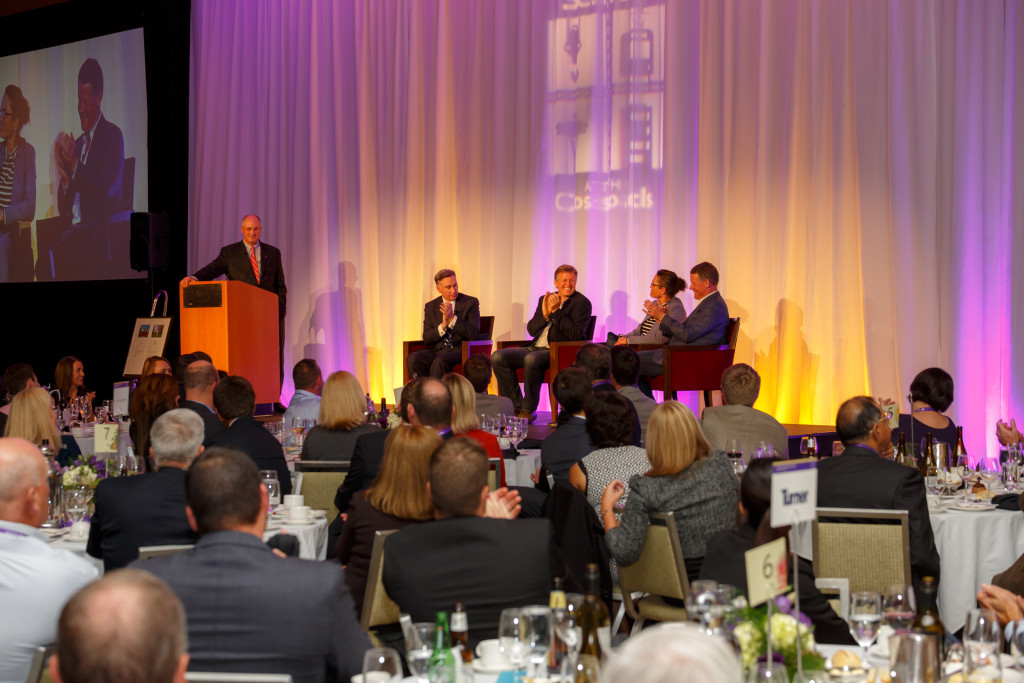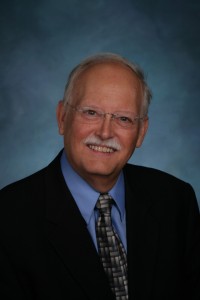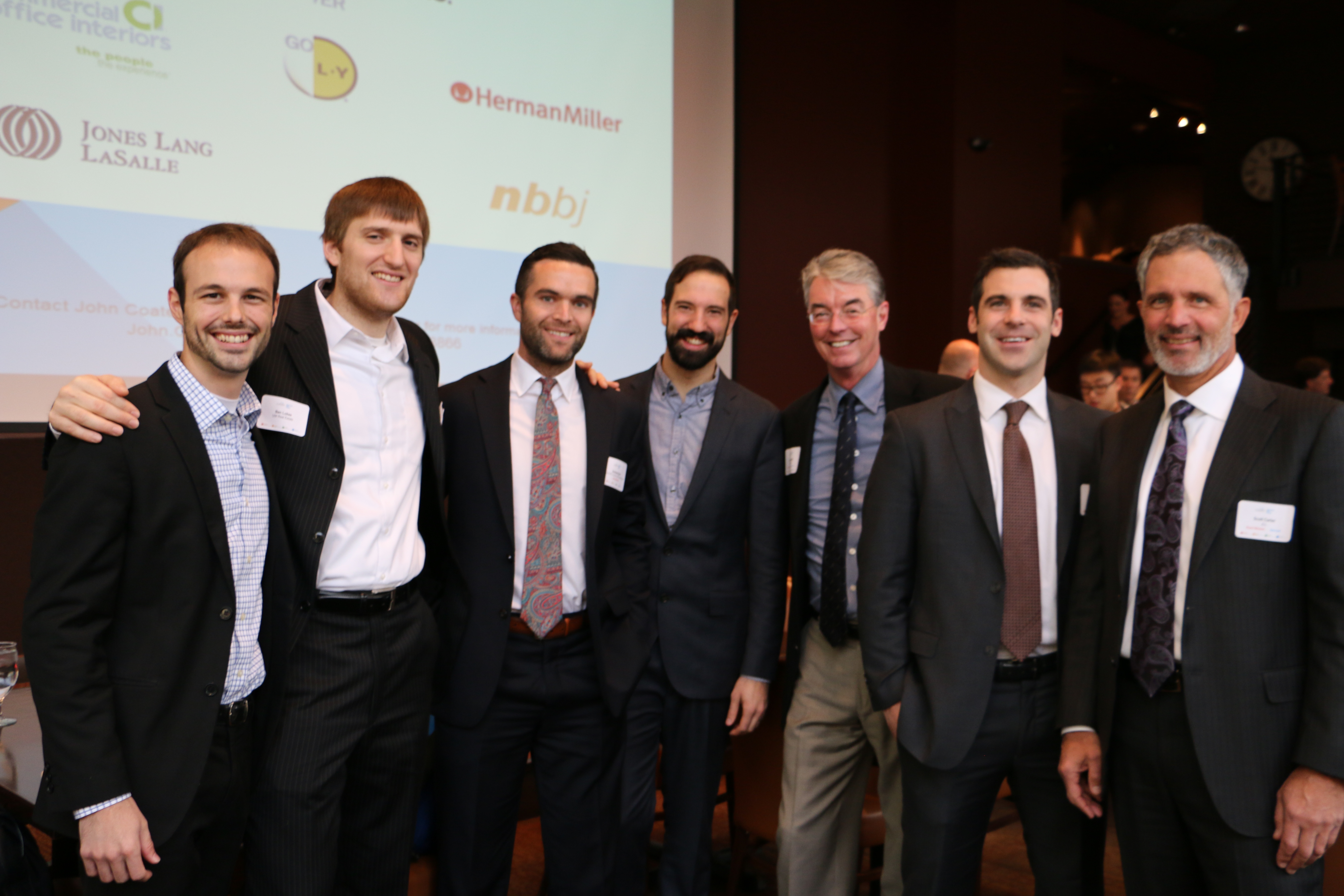The success of the Runstad Center Leadership Dinner this past October can be measured by more than its 400-person attendance or the monetary proceeds that so benefit our students. The true impact is in building a robust and inclusive dialogue about where we are headed as a community, how we will use the economic engine of our growth to create a vibrant, sustainable and equitable future here in the Pacific Northwest.
The reverberations continue.
The Runstad Center was privileged to honor Glenn Crellin as he retired from his post as Associate Director for Research at the Center. Glenn’s career as an “accidental economist” is most distinguished by his creation of the Housing Affordability Index, which continues to serve the people of Washington and beyond. Expert in summarizing the market, he has been an invaluable resource to the Center as well as to our citizenry. No wonder the room stood for a long ovation. Glenn is irreplaceable, but we will try. And of course we stand with the room in wishing him great happiness as he sets out on a new adventure!
The substance of the event was a panel discussion on the critical matter of affordable housing. Moderated by Peter Orser, vice-chair of the Runstad Center Advisory Board and recently retired president and CEO of Weyerhaeuser Real Estate, the impressive panel included King County Executive Dow Constantine, Seattle City Councilman Mike O’Brien, who chairs the city council committee on funding affordable housing, real estate developer George Petrie of Goodman Real Estate, Executive Vice President Lisa Picard of Skanska USA, and economist Matthew Gardner, co-chair of the Board of Trustees for the Washington Center for Real Estate Research.
So, of course, the conversation was both lively and profound.
Steve O’Connor, Director of the Runstad Center, set the table for the discussion with an explanation of why housing affordability is a key metric for sustaining regional economic vitality. Matthew Gardner, President of Gardner Economics, presented facts and figures on how the Pacific Northwest economy and real estate markets are performing. Peter Orser added “fizz” to the evening by drawing panelists into a discussion of policy options for encouraging the development of affordable housing. George Petrie and Lisa Picard shared sources of inspiration for taking the risks necessary to lead change. Petrie recalled the civic dialogues led by Abraham Vereide, founder of Goodwill Industries, in the years before and after World War II. Picard discussed the power of collaboration and diversity to produce unconventional solutions.
Lisa Picard summed it up beautifully. “I think, first and foremost, a real estate professional needs to understand that they’re community builders and they’re building probably the largest form of art that people are going to interact with.”
If the substance of the evening was its topic of discussion, the essence of the evening was its eloquence.
We are eagerly looking forward to Leadership Dinner 2015, planned for October 29.
Stay tuned!




